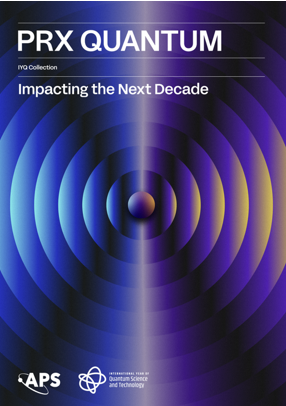|
|
On the occasion of the centenary of the birth of quantum mechanics, PRX Quantum has selected our work on Ultracold LiCr molecules for their International Year of Quantum collection, among those highly interdisciplinary papers impacting the next decade of quantum science. Check it out at the link below!
Our selected paper on Ultracold LiCr: Ultracold : A New Pathway to Quantum Gases of Paramagnetic Polar Molecules | PRX Quantum |
LAST NEWS
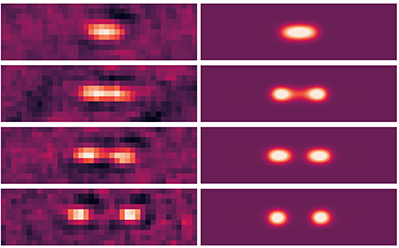 |
Our new article has been published in PRL and has received the Editors' Suggestion!
L. Cavicchioli et al. |
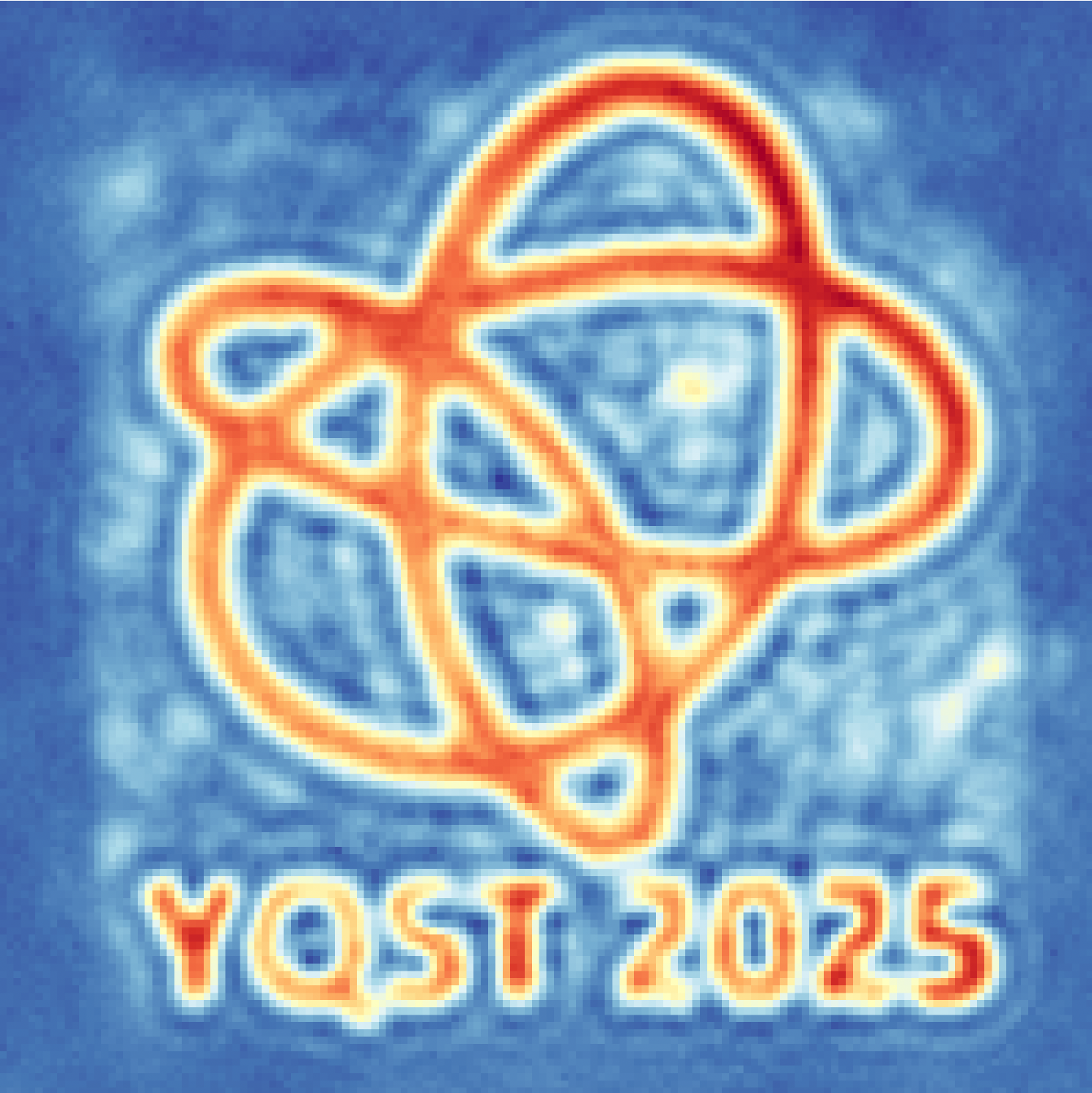 |
In occasion of the International Year of Quantum Science and Technologies, the Italian National tv Rai realized a video on the reaserch activities at CNR-INO, including our work at LiLab! For this occasion we create the atomic version of the YQST logo: the few thousands of atoms in DMD-sculpted optical potential wishes you a happy QST year! Watch the full video here
|
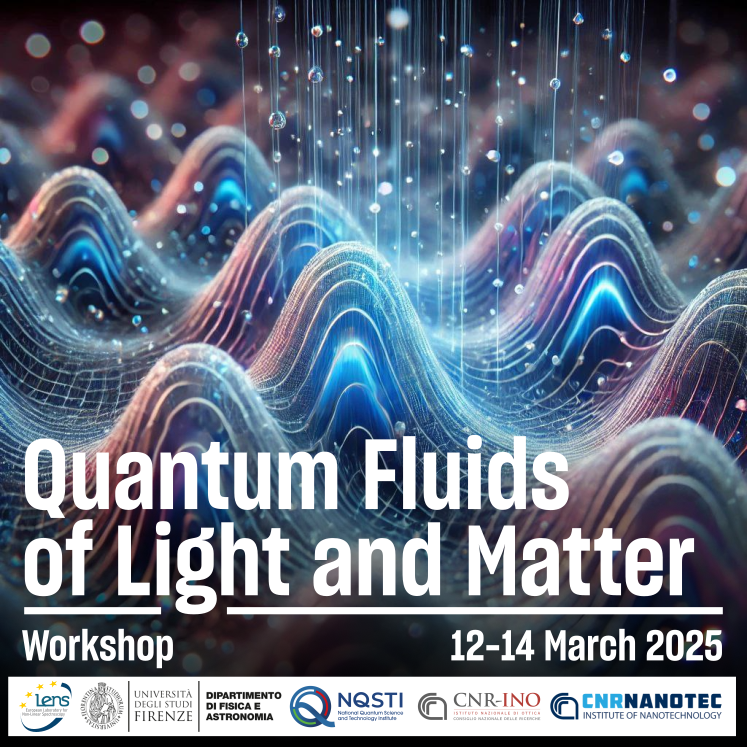 |
We are pleased to announce a scientific workshop on Quantum Fluids of Light and Matter, jointly organized by CNR-INO and CNR-Nanotec as part of the NQSTI project (Spoke 3 and Spoke 4). The event will take place from March 12-14 at LENS (European Laboratory for Non-Linear Spectroscopy) in Florence. Researchers from Lecce (CNR-Nanotec), Florence, and Pisa (CNR-INO, University of Florence, LENS) will present their latest work on quantum fluids, exploring topics at the intersection of light-matter interactions, atomic physics, and quantum gases. The workshop is designed to foster collaboration and stimulate new ideas, with ample time dedicated to discussions and brainstorming sessions. Participants will have the opportunity to tour the state-of-the-art labs at LENS, which specialize in atomic physics, quantum gases, and photonics, providing a unique chance to engage with cutting-edge experimental setups and techniques. This meeting aims to strengthen connections within the NQSTI community and inspire joint projects that push the boundaries of quantum science and technology. We look forward to welcoming you to Florence for this exciting exchange of knowledge and ideas. Here you can find the full program of the event, that you can also join remotely at this link. Scientific Committee
|
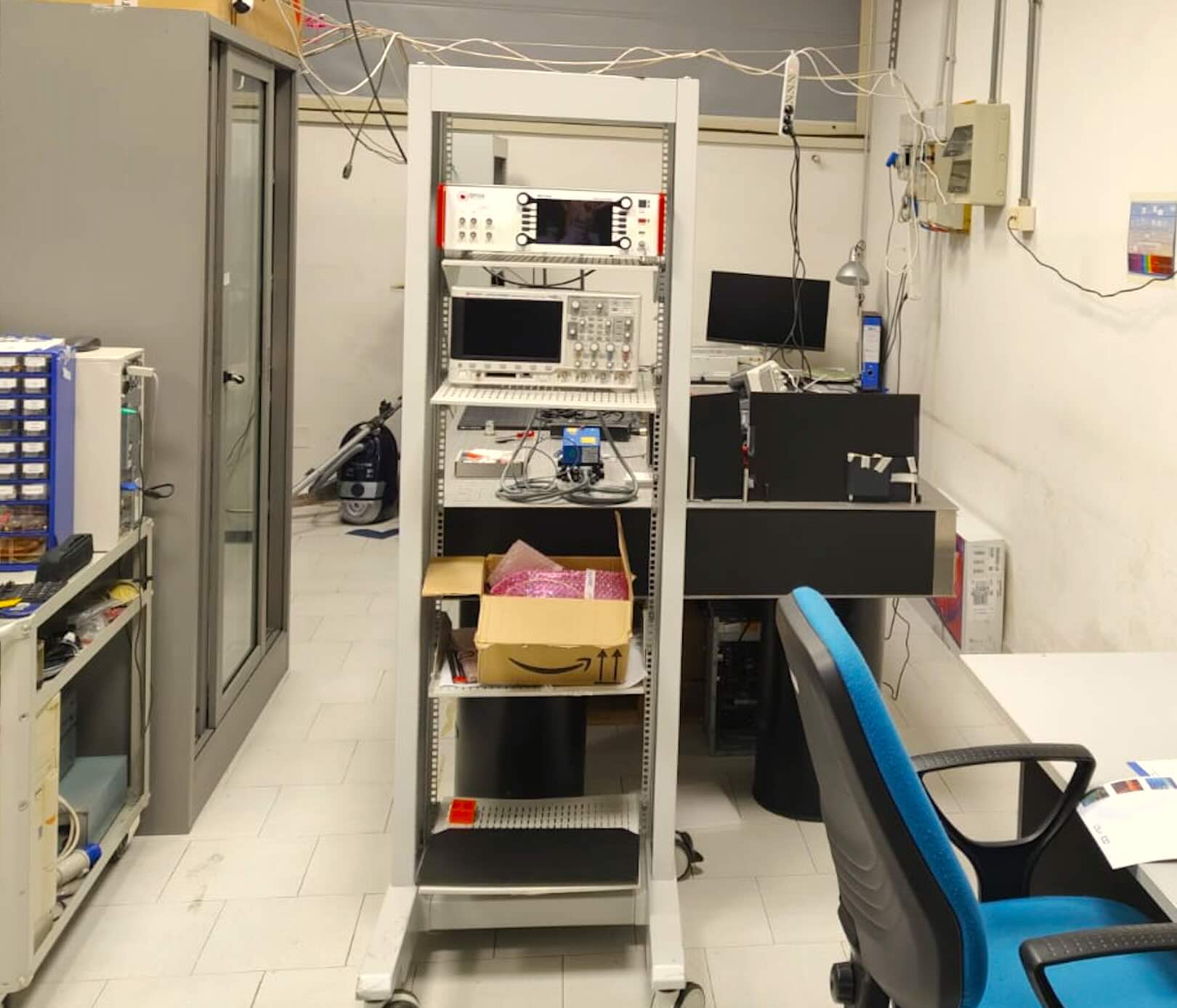 |
We are setting up the first lasers and furniture and we are waiting for the atomic source: it's starting to look like a lab! |

